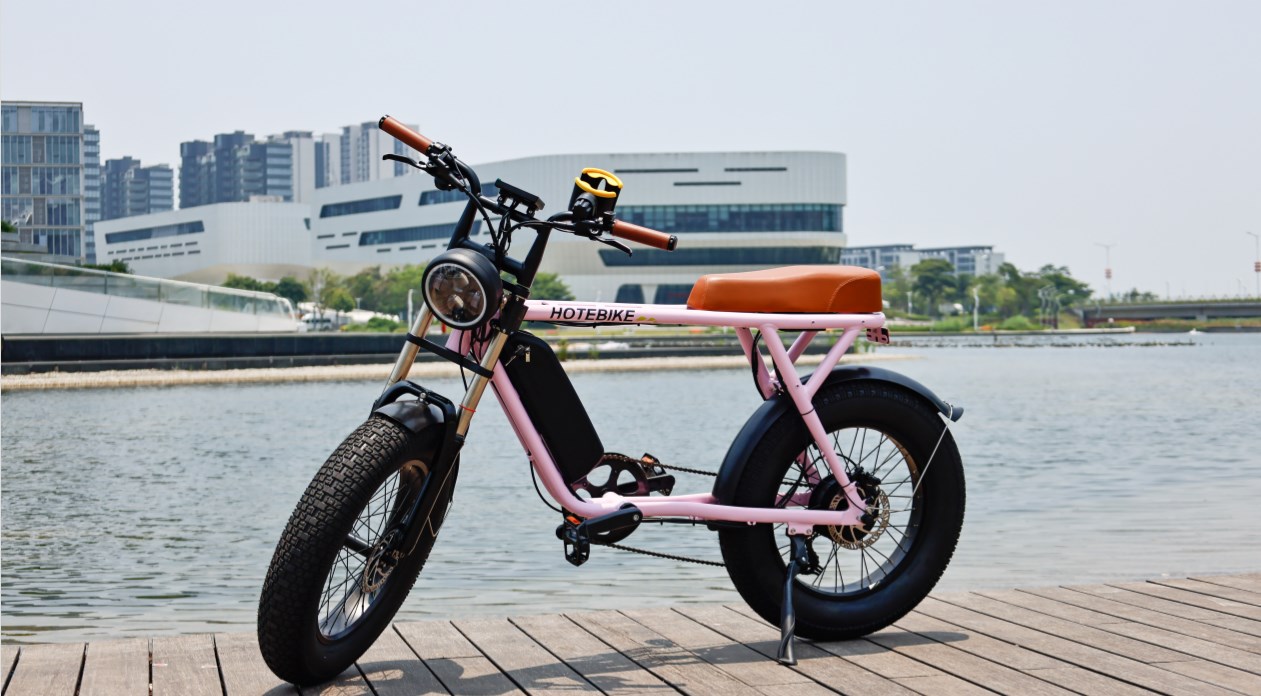Electric bicycle usage has become increasingly popular and with that popularity has come an increase in e-bike variety and regulations. In order to stay safe and find the right e-bike for your cycling needs, it’s important to take the time to understand common e-bike classifications and regulations. Moving forward, this will help ensure your personal safety and enjoyment as an informed e-bike owner. Laws oslo influence selling of e-bikes. Certain regulations dictate the kind of information sellers must provide to buyers, like maximum speed and motor power. There are also rules about how electric bikes should be labeled to clearly identify them as such.
What is an Electric Bicycle?
An electric bicycle, or e-bike, is essentially a traditional bicycle outfitted with an electric motor. This motor provides assistance to the cyclist, making pedaling easier, especially uphill or on long-distance rides. Some e-bikes even feature a throttle that allows riders to rest while the bike propels itself. These eco-friendly, versatile vehicles are revolutionizing the way we perceive cycling.
The motor itself is commonly powered by a lithium ion-battery. For the majority of states in the USA, low-speed electric bicycle motors must produce less than 750 watts and be operated at a speed less than 20 mph when powered solely by the motor (with an operator weighing about 170 pounds).
3-Class System Overview
44 US states have legislation defining electric bicycles and also enforce varying laws regarding e-bike operation in some form or another. However, the majority of those states share a common classification standard when it comes to e-biking regulations. Twenty-six have created and implemented a similar three-tiered classification system that outlines and differentiates different types of electric bikes and their capabilities. These classes are the foundation for similar safety and operation laws that each of the states implement.
Class 1 E-Bikes
The bicycle’s electric motor operates using pedal-assisted technology that cannot activate without the rider’s use of the pedals. The bicycle’s motor cannot provide assistance or boost once the bicycle reaches the 20 mph threshold.
Class 2 E-Bikes
The bicycle’s electric motor includes all the pedal-assisted technology of a Class 1 e-bike. Additionally, the bicycle’s motor can provide assistance or boost without the use of the pedals. This class of bike also cannot provide assistance or boost past the 20 mph limit.
Class 3 E-Bikes
Similar to Class 1 e-bikes, this class of electric motor can only operate using pedal assisted technology. Again, the motor cannot provide any assistance or boost without the use of the pedals. The key difference is that Class 3 e-bikes can provide assistance or boost up to a 28 mph limit, where the bicycle’s motor will cease operation. These e-bikes must be equipped with a speedometer as well.

electric bicycle
Common Electric Bike Laws
Understanding some of the basic laws commonly implemented for e-bikes within the majority of three-class electric bicycle states will help improve the safety of your rides.
Basic Traffic Laws
Obeying basic traffic laws that other vehicles and bicycle riders follow is a given. This starts with respecting all traffic signals and stop signs. This includes riding in the same direction as traffic, as close to the curb as possible, and only in certain lawful sections of freeways. Ignoring any of these laws can be considered a violation.
A great way to ensure your safety in any traffic situation is to always ride predictably, signal your intentions to other vehicles, and attempt to match the speed of other road users or pedestrians in shared areas.
Helmet Laws
Even in states without defined legislation for electric bike helmet use, riding with a helmet is a proven way to greatly improve your biking safety. Twenty-five states have some form of electric bike helmet requirements including:
·Connecticut has a strict requirement of mandatory helmet use for all three e-bike classes.
·California, Georgia, Louisiana, New York, Ohio, Tennessee, Virginia and West Virginia all require helmets for Class 3 e-bikes, regardless of age.
·Colorado, Indiana, Michigan, New Hampshire, South Dakota and Utah all require helmet use for anyone under 18 years of age operating a Class 3 e-bike.
Moving forward, the rising popularity of electric bikes across the nation will continue to encourage increased helmet mandates across e-bike classes. Keep in mind that helmet use is strongly encouraged as an effective way to decrease accident severity and injury risk.
Age restrictions for e-bike usage
this depends on local regulations. Many places do have minimum age requirements for e-bike riders, and these can often be tied to helmet laws. It’s always best to check your local laws before letting a young person ride an e-bike.
License and Insurance Requirements
Common among all 26 states that enact a version of 3-tiered classification system, e-bikes must include a classification number, top-assisted speed, and motor wattage. On the other hand, within those same states electric bikes commonly don’t require the same license, registration, and insurance required to operate other motorized vehicles.
The majority of the exceptions to this rule are typically within states that don’t specifically define electric bikes within their state legislature. There, electric bikes may fall under a similar umbrella as other motor vehicles and their requirements. It is always important to research your specific state’s laws, regulations, and mandates to make sure you are in compliance with the law.
Understanding electric bike laws is crucial for anyone who owns or plans to buy an e-bike. While laws can vary significantly by location, some common themes include definitions of what constitutes an e-bike, where they can be used, safety equipment requirements, and rules for buying and selling. As with any vehicle, knowing and complying with the law is a necessary component of safe and responsible e-bike use.
 Shuangye ebike
Shuangye ebike
